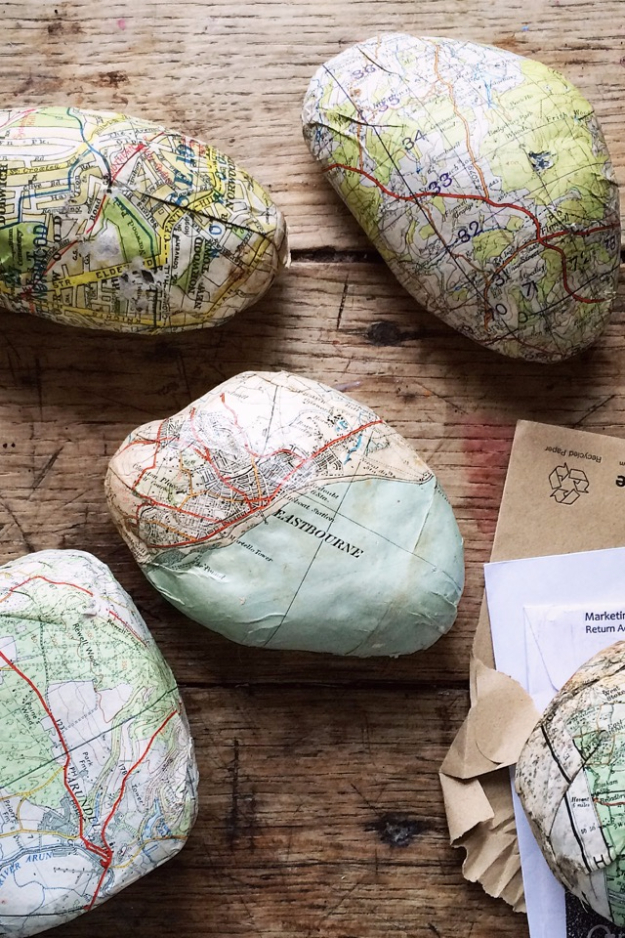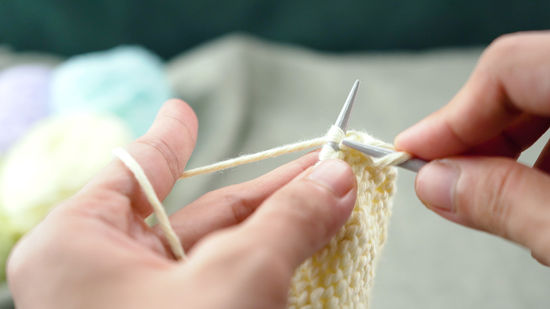
Stockinette stitch in knitting is a common technique. It is used in every row. If you use double pointed needles or circular needles, you will knit one row at a time in stockinette stitch. This stitch is reversible and easy to knit. It's also moderately stretchy. Here are some useful tips for knitting stockinette stitch. These tips will make knitting much more enjoyable and easy! Continue reading to find out more.
Reversible
Reversible stockinette is one of the most commonly used knitting stitches. This type of knitting pattern is equally simple to work on both ends. This allows you to focus on the "right" side of your project. The reversible stockinette stitches can be used to make a wide range of items such as scarves or socks, hats, mittens and scarves.
Stockinette stitch can be knitted with a circular needle. The stitch's versatility means it can be used to make a wide variety of projects. It's an easy stitch to learn and will make your projects look great. Be sure to read the instructions for reversible Stockinette Stitch Patterns carefully. If you don't have a knitting needle or don't want to use a circular one, use a smaller size than you normally would, and keep the gauge of the stitch the same.

Moderately stretchy
You probably already know that stockinette stitch is moderately stretchy. Although stockinette stitch looks like purl stitches when knit, it's actually quite different. It alternates between knitting and purl rows. Similarly, stockinette is great for making K1, P1 ribbing. Because it's so easy, you can easily knit across a cast-on edge.
The V-shaped knit stitches can be found on the right and the bumpy, purl-like stitches on the left. Since both sides push against each other, the fabric will tend to curl up at the edges. Borders can be used to reduce the curl. The curve of the stockinette stitch can also be shaped with a yarn with a high twist. This stitch looks great with any garment and makes a great sweater choice.
Common
Often confused by the word "stockinette," the common stockinette stitch is a great way to learn how to knit. You can either knit it or purl it. There is a major difference between the two types of stitches: which direction do you knit or crochet? In each case, you'll work in rows with knit stitches. Learn how to make this stitch round if your goal is to be more proficient.
It is commonly used in crochet and knitting projects. It is one of the easiest stitches to learn. The columns are formed by alternating knit-purl rows. This gives the stitch a textured appearance. In addition, knitters use the terms "ridge row" and "V-stitch" to refer to the front and back of a piece. The rib is a variation on the stockinette that is most commonly used in winter knitting projects.

Easy
If you're looking for a way to crochet or knit in a round, there might be some tips that will help you make the stockinette stitch lie flat. This stitch is one that's the easiest type of knit stitch because it has essentially endless rows. A border is the best way to make it flat. While blocking helps prevent curling, it is not permanent. You can make it flat by adding a border to your project.
Also, stockinette stitches flatten out after the fabric is sewn together. This flattens the fabric which is crucial when making a scarf or table runner. Basically, you knit 4 rows of flat stitches, then knit across all of them and purl to the last four stitches. You can continue this process until you achieve the desired flatness. This will result in a scarf or table runner that lasts for many years.
FAQ
What are educational hobbies, you ask?
An educational hobby can be defined as an activity in which you learn something through doing it. This could include anything from learning to play an instrument to playing sports.
It should be enjoyable and fun for you. You don’t have to do it constantly, but you should consider what other activities you could be engaging in instead.
These activities could end up costing you far more than what you pay for.
What are some great hobbies for seniors?
Senior citizens need to find things they like doing. Senior citizens should be active and participate in other activities.
They might be interested in joining clubs that offer similar interests. As they age, this will help them feel less alone.
Seniors should also keep up with the latest trends. For example, they could follow fashion, art, music, literature, politics, etc.
What are some good hobbies?
Hobby Ideas for those who love to teach and learn.
Hobbies are great ways to spend time doing what you enjoy while learning something new at the same time.
There are many hobbies. But they all share similar characteristics. These are fun, easy activities that cost little and don't take too much effort.
These include working with others to teach someone how to use an instrument or build an airplane.
You might not think about yourself as a teacher, but chances are there's something you could do to help someone else learn.
Consider starting a hobby to use your creativity to help others.
Statistics
- A new survey by Pew Research Center of teens ages 13 to 17 finds that 36% of girls feel tense or nervous about their day every day; 23% of boys say the same. (pewresearch.org)
- 37% Video Games 36% Travel 36% Health and Fitness (quizexpo.com)
- In comparison, men in the “no humor” condition were refused 84.6% of the time and were only accepted 15.4% of the time. (time.com)
- I am 100% biologically a woman (discover.hubpages.com)
- This 100% accurate personality-analyzing hobby quiz discovers your passion based on your characteristics. (quizexpo.com)
External Links
How To
How to learn a musical instrument
There are many options for learning how to play the piano. You could either go to a school, buy a book, take lessons from someone who plays an instrument, watch videos online, etc. Here are some tips and techniques to help you learn if your goal is to create your own learning path.
-
Find something that interests your interest. Try another instrument if you don't love any of the ones you see. If you don’t enjoy playing an instrument it will be hard for you to get into it.
-
Be patient. Learning anything new takes time. You don't have to learn everything in one go. Instead, continue to practice each day.
-
Regular practice is important. Do this even when you feel tired. This will ensure that your memory doesn't fade.
-
Find a quiet place to practice. A quiet room where you won't disturb anyone else is ideal. Be sure to not distract others. Avoid loud music, for example.
-
Have fun! Music is meant to be enjoyed. Have fun with your practice. You'll be more motivated to practice if you enjoy yourself.
-
Set goals. When you set goals, you know exactly what you have to achieve. There is no excuse for failure.
-
Keep track your progress. Note down your successes and mistakes. You will be able to improve your skills over time by writing down all of your achievements and failures.
-
Pause. Sometimes it is enough to just stop and think. You will be able to take breaks and think about the things you are doing.
-
Ask questions. Ask other people if you have any doubts or confusion regarding certain aspects of the instrument. They may be able help you.
-
Listening is the best way to learn. Many musicians listen to songs that they like and imitate them. This allows them to grasp the basic concepts of the song.
-
Read books. Reading books will teach you more than watching videos or taking classes. Books can also provide information that is not available elsewhere.
-
Join a group. You will be able to practice more when you play with others. You will also meet others with similar interests to yours.
-
You can watch tutorials. Tutorials are short videos which explain many topics in great detail. These videos often focus on one aspect or part of the instrument. Tutorials can be helpful in understanding difficult parts of an instrument.
-
Try different methods. Some prefer to learn by listening, while others prefer reading. Experiment until you find what works best for you.
-
Practice makes perfect. It is not possible to become an expert overnight. You must work hard to become proficient enough to do well.
-
Learn from other musicians. Listening and learning from others can help you to learn faster.